Winter Weather in The Workplace
Temperature drops and how they should be managed
With the cold arriving in a big way this week at SHEilds UK, I thought now might be a good point to start thinking ahead about sharp temperature drops and how they should be managed in the workplace.
For all the care that goes into Health and Safety assessments, sudden snaps of winter weather in the workplace can throw staff, introducing risks that they may not be prepared for. All the more reason then to spare some thought on what winter may hold and how you can ensure the safety of employees.
Keep in mind that the recommendations made below are far from exhaustive – and omit winter slip and travel risks – but should stimulate thought on areas of concern that warrant your attention.
Thermal Comfort
While UK law doesn’t specify a maximum or minimum workplace temperature*1 it is typically recommended that the room employees work in sits between 13°C and 16°C.
Regarding cold temperatures and their reasonability among employees we need to talk about thermal comfort.
Rather than being a direct temperature reading, this references how employees actually feel as a result of combined environmental factors, which are:
- Air temperature – Refers to the surrounding air, measured in °C.
- Radiant temperature – Referring to heat that radiates from a warm object such as a piece of workplace machinery or radiators.
- Air velocity – Essentially the speed of air flow hitting employees. In this case a problematic example might be a cold draught.
- Humidity – The ratio of water vapour in the air.
Along with personal factors:
- Clothing – Includes employees clothing, uniform and/or PPE.
- Metabolic heat – Heat created from the body as a by-product of physical exertion.
While this might seem frustratingly vague, it can be effectively summarised as how the majority of staff feel in the workplace. If a significant number of staff are complaining about the temperature being too low, then it’s safe to say there is an issue of thermal comfort.
In relation to this it is particularly important to consider the impact ignoring discomfort may have on workplace behaviour. Morale and productivity are likely to take a hit and employees may well begin rushing tasks to get out of work quicker, something which has a high likelihood of raising risk levels.
Control Measures
In order to reduce or completely prevent these risks it’s important to think ahead, particularly in regards to equipment you will need should temperature plummet severely. Assessing probable risks alongside the following control measures should be of particular importance:
- Ensure central heating systems and boilers are functional: Typically, the first and best choice for cold weather is to engineer the risks out. If you have a large number of employees working for extended periods on the premises a central heating system is strongly recommended. Whatever the basis of this may be though, it’s also vital to ensure it is in good working order BEFORE cold weather hits. Far better to get simple maintenance on a boiler in mild conditions rather than wait for heavy snow and a full break down.
- Portable electric/gas fires: If you don’t have a central heating system or it doesn’t provide enough warmth for an entire building’s staff, portable alternatives may be worth purchasing in advance. Just be sure that these do not inadvertently create new risks; staff should be appropriately instructed on their safe operation, with particular attention given to shutdown procedure and keeping vents clear to avoid fire risks.
- Thermal insulation: The construction of a workplace itself can be a factor in relation to temperature. If it is reasonably practicable and cost effective you may wish to consider applying an insulation material such as boards, rock wool or loose fill to keep the cold out.
- Lift clothing restrictions and make recommendations: If you have specific uniform or dress code restrictions it’s worth re-assessing these in colder months and perhaps consulting staff for their thoughts on what is best. For example, through winter you may allow (and recommend) employees to wear their own jumpers over uniforms or provide weather specific PPE.
- Change tasks, schedules and locations: Consider if there are any tasks that put employees at unreasonable risk of cold exposure in winter. To control this, you could temporarily reduce workload expectations, relocate staff to warmer areas and/or reschedule worktimes e.g. to avoid cold nights or unusually bad weather.
- Identify vulnerable employees: If any of your employees has an illness, disability and/or is pregnant they may be at increased risk in cold temperatures. If you have concerns, consider and discuss additional controls to ensure their comfort and safety.
Outdoor Working
Outdoor working in winter and the associated risks are a blog unto themselves, however I felt it was worth making a footnote here about this subject to emphasise the additional consideration it requires.
If your staff are working outside in the cold – even if it’s only for part of their shift – you need to account for the increased risk and control measures to manage it.
Among the most important things to assess is whether PPE is still functional; for example, if a worker wears a woolly hat under a helmet, does it still fit properly? Would it still fulfil its purpose in accident? Additionally, is it still reasonable to expect staff to work the same amount of time or should more indoor breaks be offered to prevent cold stress?
Again, as with cold indoors, if workers suffer poor thermal comfort the likelihood of additional stress, haste and illness all goes up.
Stay cosy
No one should be left shivering at work over winter and no employer wants to draw comparisons to Ebenezer Scrooge. Thinking ahead to the colder days this season and planning for the worst ensures that workplace spirits (and temperatures) remain high in the build up to and the wind down from Christmas.
Stay cosy.
Owen Roach
Marketing Assistant
SHEilds Ltd
References
*1https://www.hse.gov.uk/temperature/faq.htm#minimum-maximum-temperature

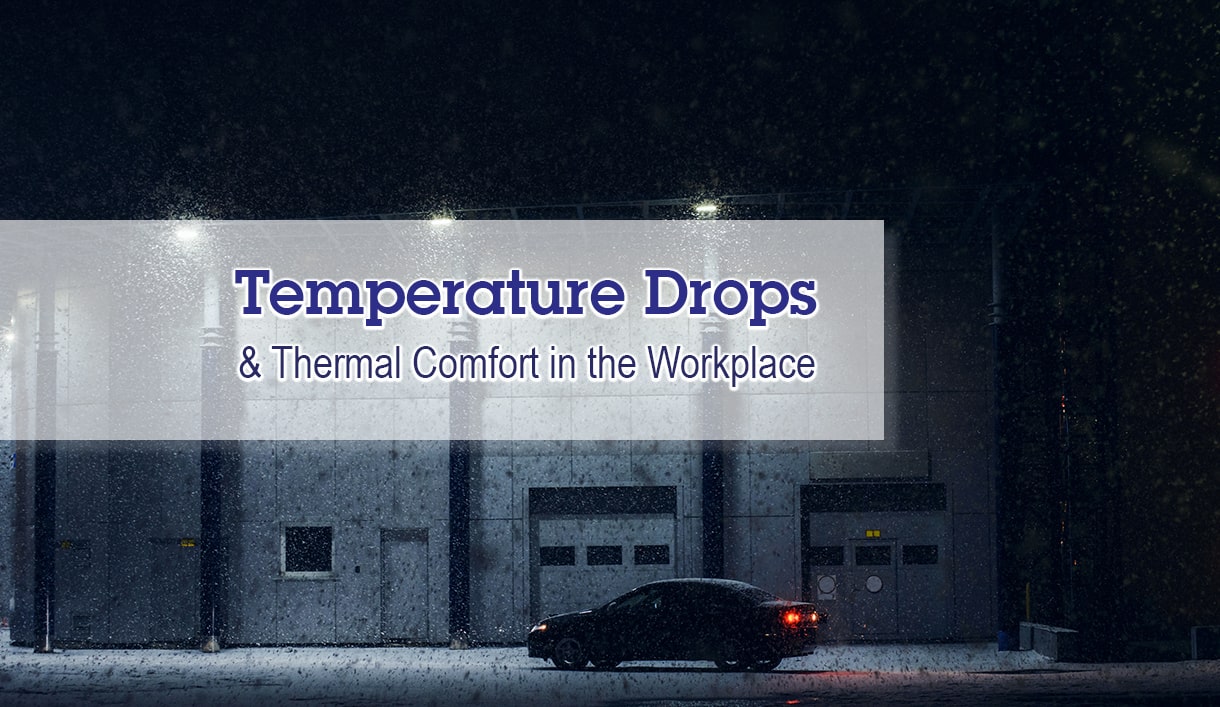

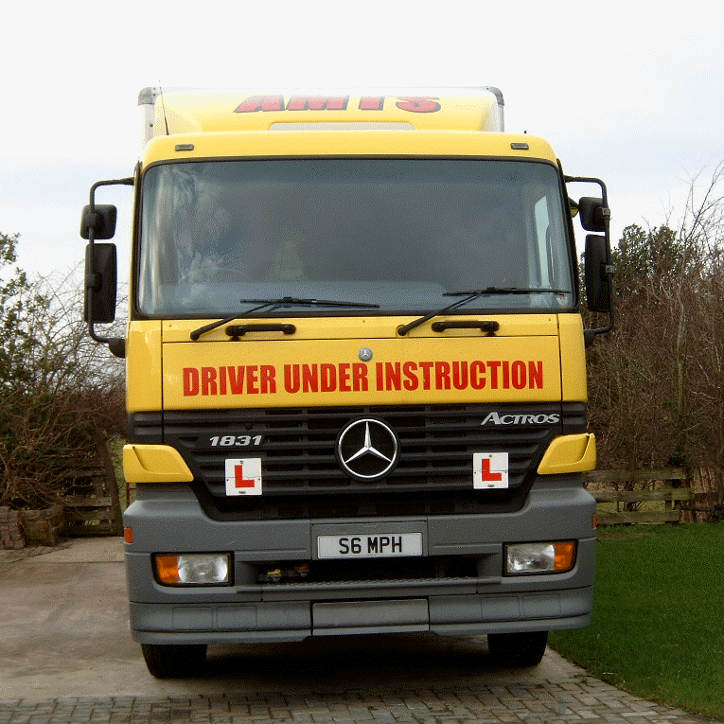
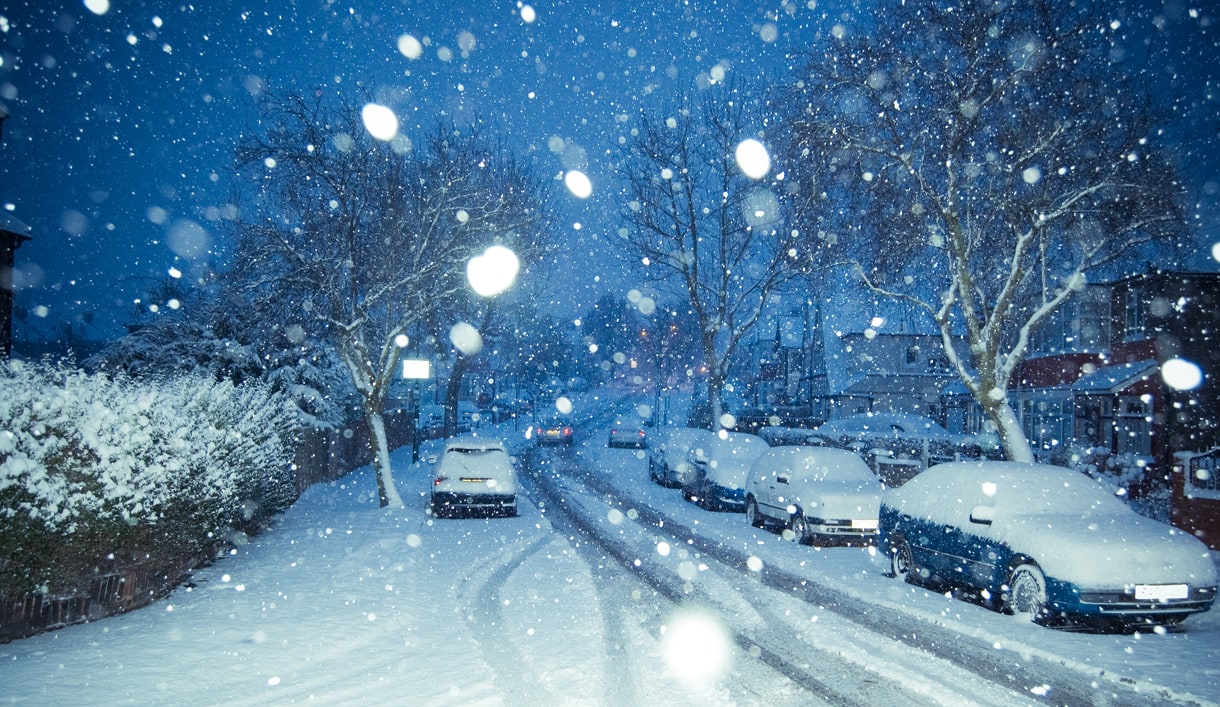

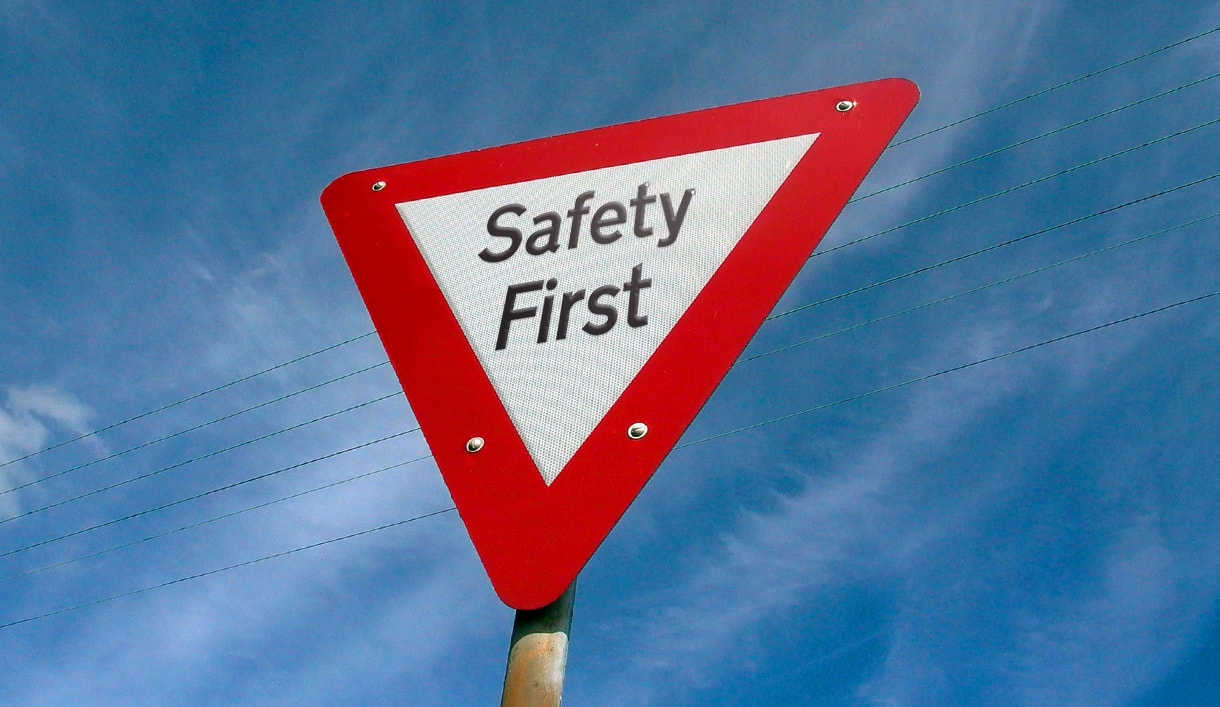
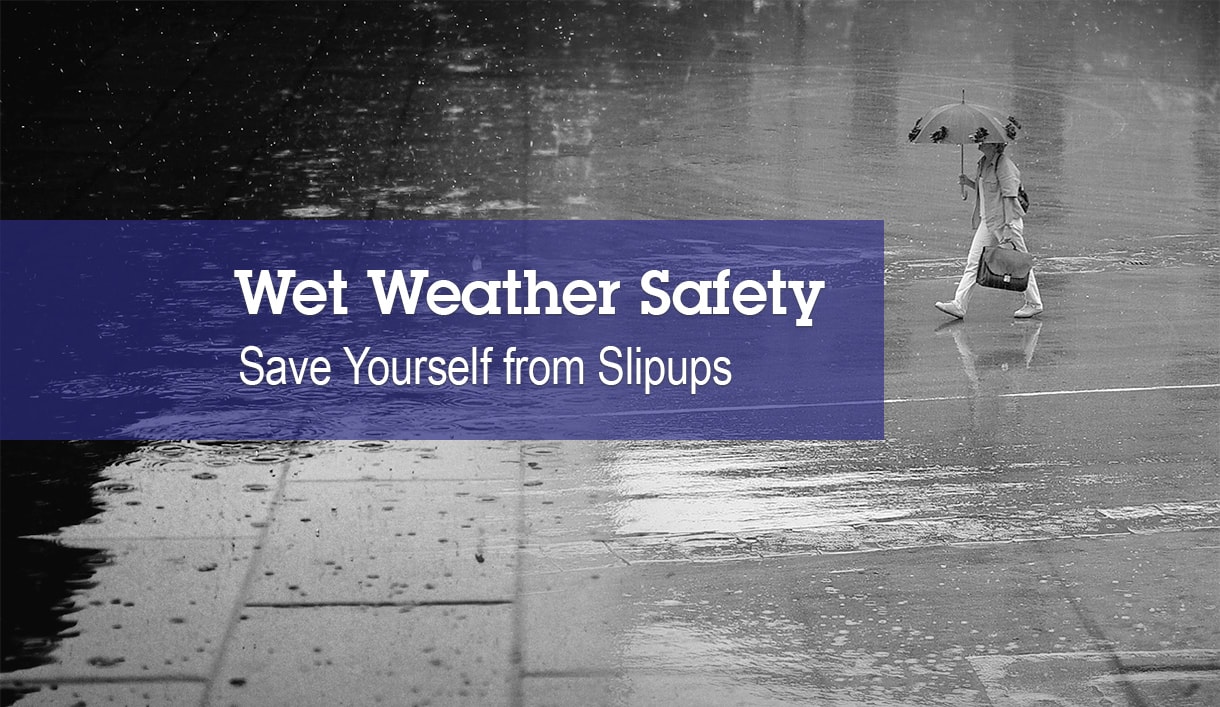
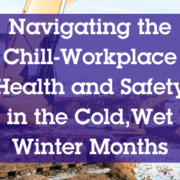
Leave a Reply
Want to join the discussion?Feel free to contribute!